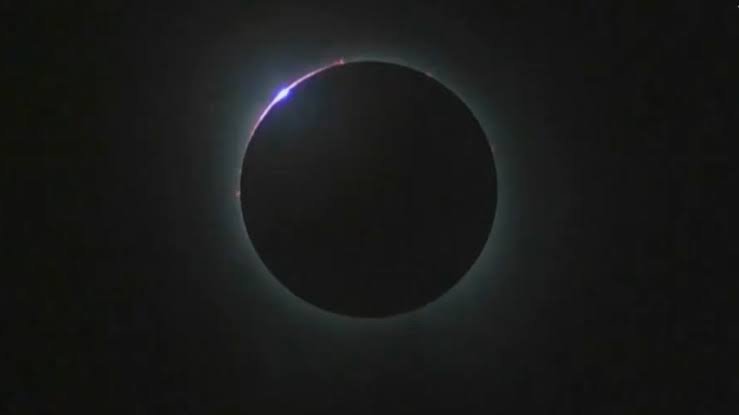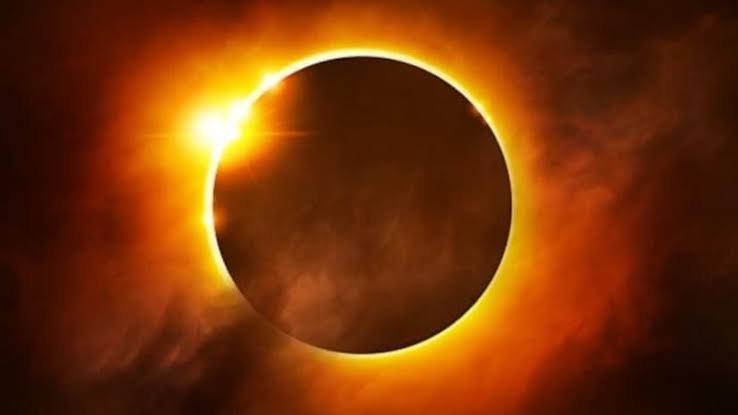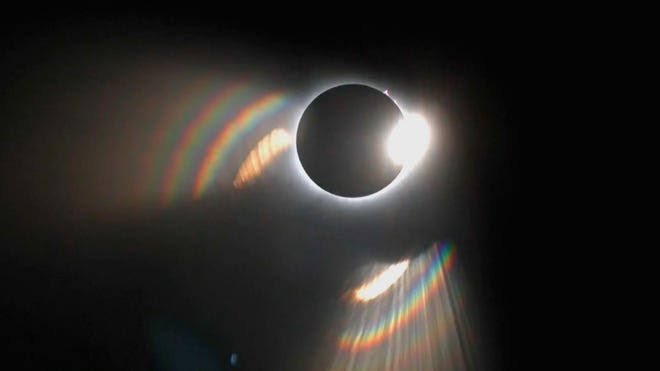
Millions of eager sky gazers across Mexico, Canada, and the United States were treated to a rare celestial spectacle as the total solar eclipse of 2024 graced the skies. This historic event, witnessed by enthusiastic viewers and captured by NASA’s live stream, painted a mesmerizing picture as the Moon entirely obscured the Sun, plunging parts of the continent into darkness. The path of totality, where the eclipse was fully visible, sparked excitement and fascination, marking a momentous occasion not to be seen again in the contiguous US until 2044.
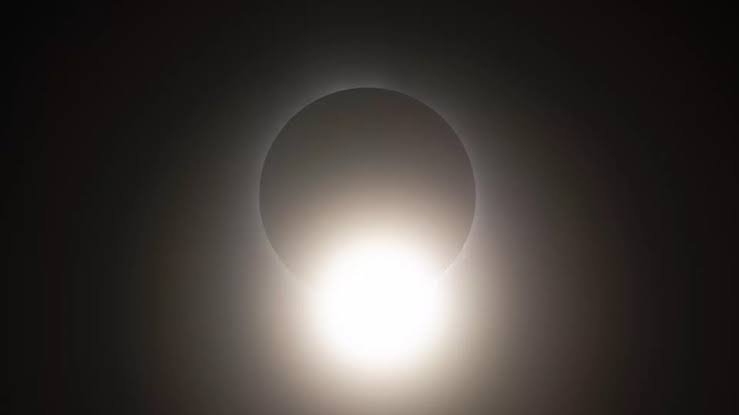
Safety precautions echoed throughout the event, as NASA emphasized the importance of protecting one’s eyes while observing the solar phenomenon. With specialized eye protection being a necessity, the agency warned against directly viewing the Sun without proper gear, as the intense solar rays could cause severe eye damage. Despite the allure of the eclipse, safety remained paramount, with NASA’s message clear: enjoy the spectacle responsibly.
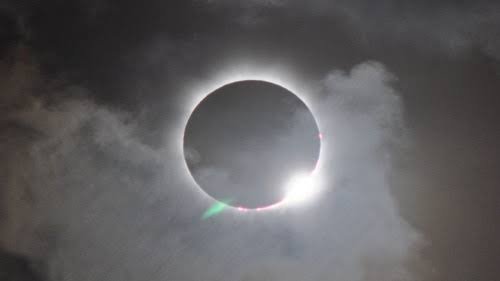
Beyond the breathtaking visual display, the solar eclipse offered scientists a unique opportunity to study the Sun’s behavior and its impact on Earth’s atmosphere. Changes in temperature, humidity, and wind speed, along with fluctuations in space weather, provided valuable insights into solar dynamics and their repercussions on our planet’s ionosphere. As the world marveled at the celestial event, researchers seized the moment to deepen their understanding of the Sun’s influence on space weather and its implications for communication systems reliant on satellites and radio waves.
